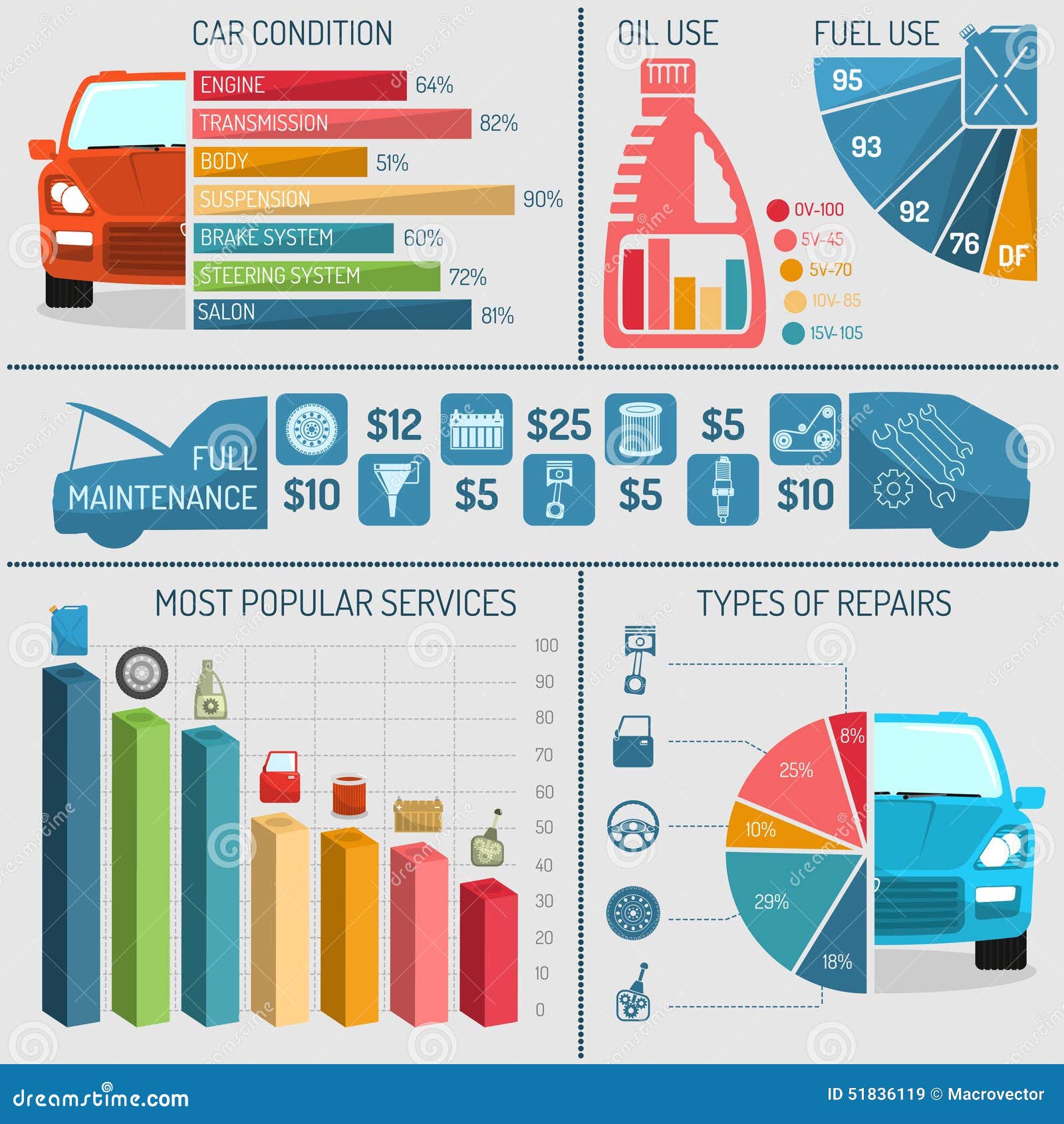Understanding Your Vehicle'S Caution Lights: What Do They Really Mean?
Understanding Your Vehicle'S Caution Lights: What Do They Really Mean?
Blog Article
Published By-Hartley Shepherd
When you lag the wheel, those beautiful warning lights on your dashboard can be a little bit puzzling. Do you recognize what they're trying to tell you about your auto's health and wellness? Understanding the importance of these lights is essential for your safety and security and the longevity of your automobile. So, the following time among those lights pops up, wouldn't you intend to decipher its message accurately and take the needed steps to resolve it?
Common Caution Lights and Interpretations
Determine common caution lights in your vehicle and comprehend their significances to make sure secure driving.
One of the most common warning lights consist of the check engine light, which signifies concerns with the engine or discharges system. If this light comes on, it's critical to have your automobile inspected quickly.
The oil stress warning light suggests low oil pressure, calling for immediate focus to stop engine damage.
A blinking battery light might recommend a faulty charging system, potentially leaving you stranded if not resolved.
The tire stress tracking system (TPMS) light notifies you to reduced tire pressure, affecting automobile security and fuel effectiveness. Neglecting this can result in dangerous driving problems.
The ABS light suggests a trouble with the anti-lock braking system, endangering your capacity to quit swiftly in emergencies.
Finally, the coolant temperature warning light warns of engine overheating, which can cause serious damages otherwise dealt with promptly.
Comprehending these usual caution lights will certainly help you deal with concerns immediately and keep secure driving problems.
Importance of Prompt Focus
Understanding the typical warning lights in your auto is only the first step; the importance of without delay addressing these warnings can not be stressed sufficient to guarantee your safety when traveling.
When a warning light brightens on your dashboard, it's your vehicle's method of communicating a potential issue that needs interest. Overlooking these cautions can bring about much more serious issues in the future, endangering your safety and potentially costing you a lot more out of commission.
Motivate attention to cautioning lights can prevent failures and accidents. For instance, a flashing check engine light can show a misfire that, if left neglected, can cause damages to the catalytic converter. Addressing this quickly can save you from a pricey fixing.
Similarly, https://brakepadsandrotors62849.blogvivi.com/32697606/mobile-cars-and-truck-outlining-comfort-satisfies-top-quality-for-your-car cautioning light may indicate low brake liquid or used brake pads, critical elements for your safety and security when driving.
DIY Troubleshooting Tips
If you notice a warning light on your control panel, there are a few DIY repairing suggestions you can try before seeking expert aid.
The first step is to consult your auto's manual to comprehend what the particular caution light indicates. Occasionally the issue can be as simple as a loose gas cap causing the check engine light. Tightening the gas cap might solve the problem.
https://www.france24.com/en/live-news/20220603-saudi-women-move-from-behind-wheel-to-under-the-hood is a reduced battery, which can cause different alerting lights. Inspecting the battery links for deterioration and guaranteeing they're safe and secure may fix the problem.
If a warning light continues, you can attempt resetting it by detaching the automobile's battery for a few mins and then reconnecting it. Furthermore, inspecting your lorry's fluid degrees, such as oil, coolant, and brake fluid, can aid troubleshoot advising lights related to these systems.
Conclusion
To conclude, recognizing your car's caution lights is essential for maintaining your car running smoothly and safely. By promptly dealing with these informs and recognizing what they imply, you can prevent expensive repairs and potential failures.
Bear in mind to consult your cars and truck's handbook for particular information on each warning light and do something about it appropriately to ensure a hassle-free driving experience.
Stay educated, remain risk-free when driving!
